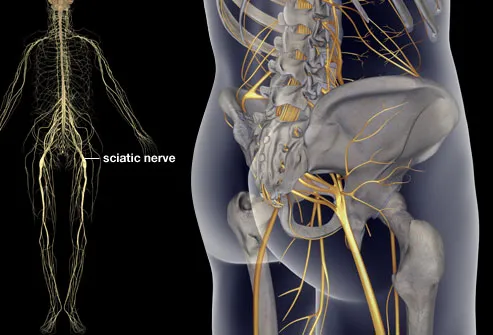 |
| Image Source: webmd.com |
Because many people don’t really understand what sciatica is even though they are experiencing it, there have been several misconceptions about it. The following are some of the most common:
Sciatica is an illness. Many people mistake sciatica as a medical condition, but it is actually a set of symptoms, such as pain from the lower back up to the leg or foot and a tingling sensation in those areas.
 |
| Image Source: columbianeurosurgery.com |
A herniated disc is the cause of sciatica. Though this can be true, it is not the only cause. According to Mayo Clinic, in rare situations, sciatica can be caused by a damaged nerve or a nerve compressed by a tumor.
Physical activities should be avoided when one has sciatica. Bed rest is recommended for the first couple of days, but lack of physical activity for a long time actually worsens the pain. Stretching exercises help strengthen the back muscles and prevent the occurrence of sciatica.
Localized leg pain isn’t sciatica. Though this is rare, leg pain without back pain can still be sciatica. It is advisable to get checked if one has leg pain that doesn’t go away, as this could be originating from the lower back instead.
 |
| Image Source: webmd.com |
Dr. Michael Steuer of MidSouth Pain Treatment Center is a board-certified educator and author of several works in pain management. Follow this Twitter account for more information on this field of medicine.

